Recruiters have to jump through a lot of hoops when validating applications, mainly because over 90% of them contain discrepancies. These may surface when a recruiter has a follow-up conversation with a driver, through a background check, or during employment verification. In most cases it’s not because the applicant has falsified information intentionally — drivers change jobs every six months on average, and a lot of details can be forgotten after just a few years of driving.
But no matter how the discrepancies come to light, the final signed application must include the most up-to-date and accurate information and must be stored in the driver qualification file (DQF) per DOT regulations.
Manually managing this process is tedious at best. A recruiter has to discover inaccurate information, identify information gaps, highlight the discrepancies, gather details, update the application, and secure the driver’s signature again. And this process repeats ad nauseam for every single driver a recruiter manages.
"over 90% of driver applications contain discrepancies"
Take this common scenario:
- Sylvester submits an application on Monday.
- On Tuesday, he mentions to the recruiter that an accident that happened three years ago where he was listed as “not requiring a tow away” did, in fact, require a tow away.
- On Wednesday, Sylvester’s driving record comes back and lists a violation not included on the application.
- Neither the update on the accident nor the violation that was omitted disqualify Sylvester. He simply overlooked including them on the application.
- On Thursday, one of Sylvester’s employment verification checks reveals that the dates given for his period of service are off by a month.
- By Friday, the carrier has two applications: one that is signed but inaccurate, and one with accurate information that is unsigned.
The manual (hoop-laden) solution:
To solve this problem, some carriers print the most recent application and ask the driver to review and sign it. The problem with this solution is having to keep track of a 30+ page paper application and manually tracking which drivers have (or haven’t) signed them.
Other clients require the driver to put in a new application based on a copy of the most recently updated application. But when you’re trying to attract a driver, the last thing you want to do is give the impression that you’re offloading your work onto them.
Both of these solutions are burdensome. And in the end, carriers still have the mindless task of reconciling two applications, checking carefully that the edits are accurate and that no additional changes were made to the final application.
Why should anybody jump through these hoops?
We don’t think you should have to! That’s why Tenstreet’s Confirmation IntelliApp sends Sylvester a read-only version of his application that reflects all the latest updates made by a recruiter’s research. Drivers then simply confirm or reject each section of the final application and sign the application. Confirmation IntelliApp is delivered via the Driver Pulse App – making for a smooth onboarding process for carriers and drivers alike.
Save yourself from the headache of manually reconciling multiple applications for all your drivers, eliminate the potential for human error, and make the DOT happy with a completed, accurate application in your driver’s DQF. Maximize your recruiting efforts by letting Confirmation IntelliApp jump through those hoops for you. Try it out today!



